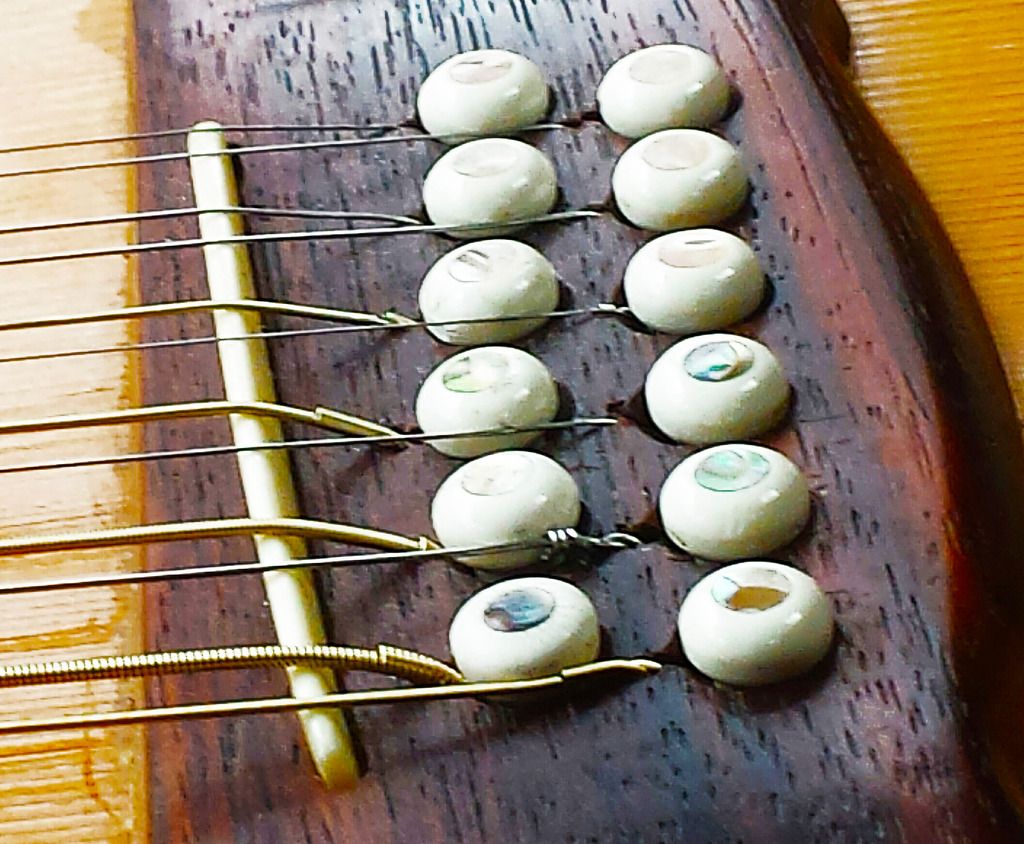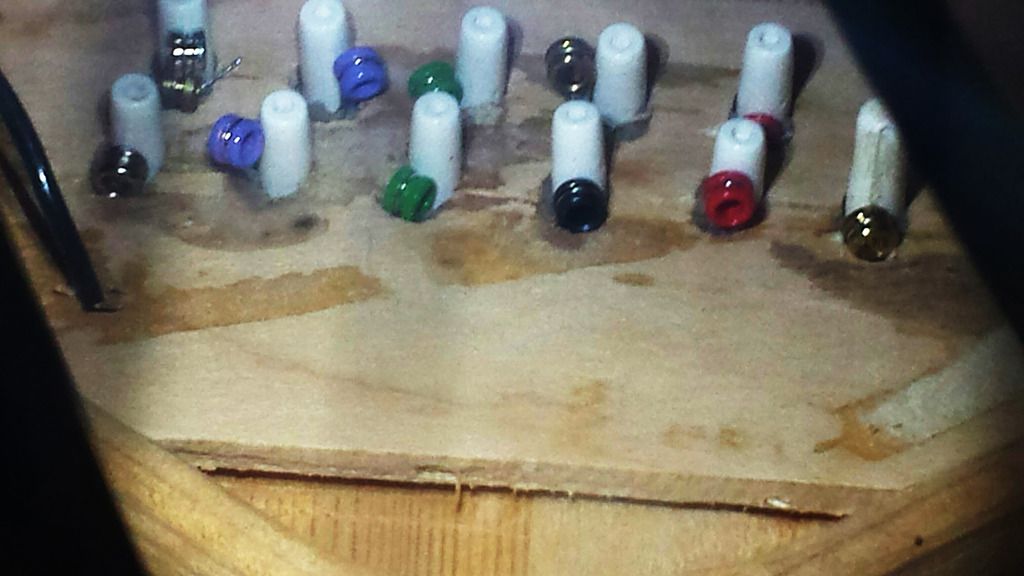I'd keep the current bridge on it, and work on the other playability/cosmetic issues. If you don't plan to use the under saddle pickup, it is a simple, inexpensive ($50?) "fix" to remove it and have a new bone saddle made (taller, to compensate for removing the thickness of the pickup).
I never finished, but I’ve completed about 40% of the course requirements for a master’s degree in architecture, so I’m capable of doing fairly complex analysis of things like force vectors, load bearing and load transfers when necessary. For some reason I’ve never applied that line of thinking to my guitar. It had always been good enough for me to know that if I plucked a specific string at a specific fret with a specific amount of force, a specific sound would be created. I never thought much beyond that.
Lately, though, I’ve been turning more and more to my engineering problem-solver background to think through some of the issues with this guitar. With that as background, I’d like feedback on a new theory I’ve come up with since finding out that I have an under-saddle pickup. First, I need to say that I’ve long believed the saddle on this guitar to have been a poor fit. It’s thinner than the slot it sits in, so it learns significantly toward the nut. In addition to being too thin, I’m not sure it’s a bone saddle, as it not only leans toward the nut but actually bends at the top (particularly under the bass strings) in the direction of the nut. It’s very difficult to capture in a photo, but here is my best effort from this morning. Be assured that both the lean and the bend are much more pronounced in reality than they appear here.

Since we can think of load and vibration as fundamentally the same thing (vibration is just a dynamically variable load once that vibration hits something solid), in theory the most efficient transfer of vibration from the string to the sound board would be through a saddle which
• Is dense and rigid, and
• Presents a maximum surface area in direct, solid contact with the sound board, and
• Sits at an angle relative to the sound board such that 100% of the vector forces from the string pass down through the centerline of the saddle. That is, none of the downforce is transferred either forward or backward into the walls of the slot the saddle sits in. (I’d have to do some math to confirm this, but my intuition says that that angle would be a slight tilt – maybe 2 to 4 degrees? - away from the nut.)
If the above is true, then my current saddle fails badly on all three counts.
So maybe my first step should be to have a new saddle made and try it
with the under saddle pickup. My old opinion that the amplified sound was terrible, it now seems to me, might in large part be a function of the current saddle, not necessarily the electronics. A new saddle providing a more efficient and direct transfer of vibration to the pickup element might be such a large improvement that I’d no longer hate - or might even
like - the amplified sound. It’s a fairly inexpensive change I’m reasonably sure I could do myself. If it works, great. If not, at least I haven’t made a major change which will need to be undone at some point by a trained professional. Yes, if I still don't like the amplified sound I'll need a new, taller saddle when I have the pickup element removed, but this seems to be an inexpensive and simple experiment with a fairly major payoff if the new amplified sound is significantly improved.
There are any number of places out there where I can buy a saddle, but what is the consensus here on the forum? Do Hans, Chris, Tom and/or other forum members make and sell saddles? If so, are any of you interested in making one for this 412? If no forum members routinely make and sell saddles, I guess I can just go back to Denny Rauen for that, but I’d prefer a Guild specialist, if possible. I assume bone is the top choice, though I would not be surprised to find that there are varying grades and types of bone, so I’d appreciate feedback on that as well as on the issue of compensated vs. uncompensated saddles.
Finally, I bought a lighted mirror the other day and it looks as though my bridge plate on the underside of the sound board is not tightly glued to the sound board, at least along the edge I can easily see. Is that typical or another problem to be addressed?

